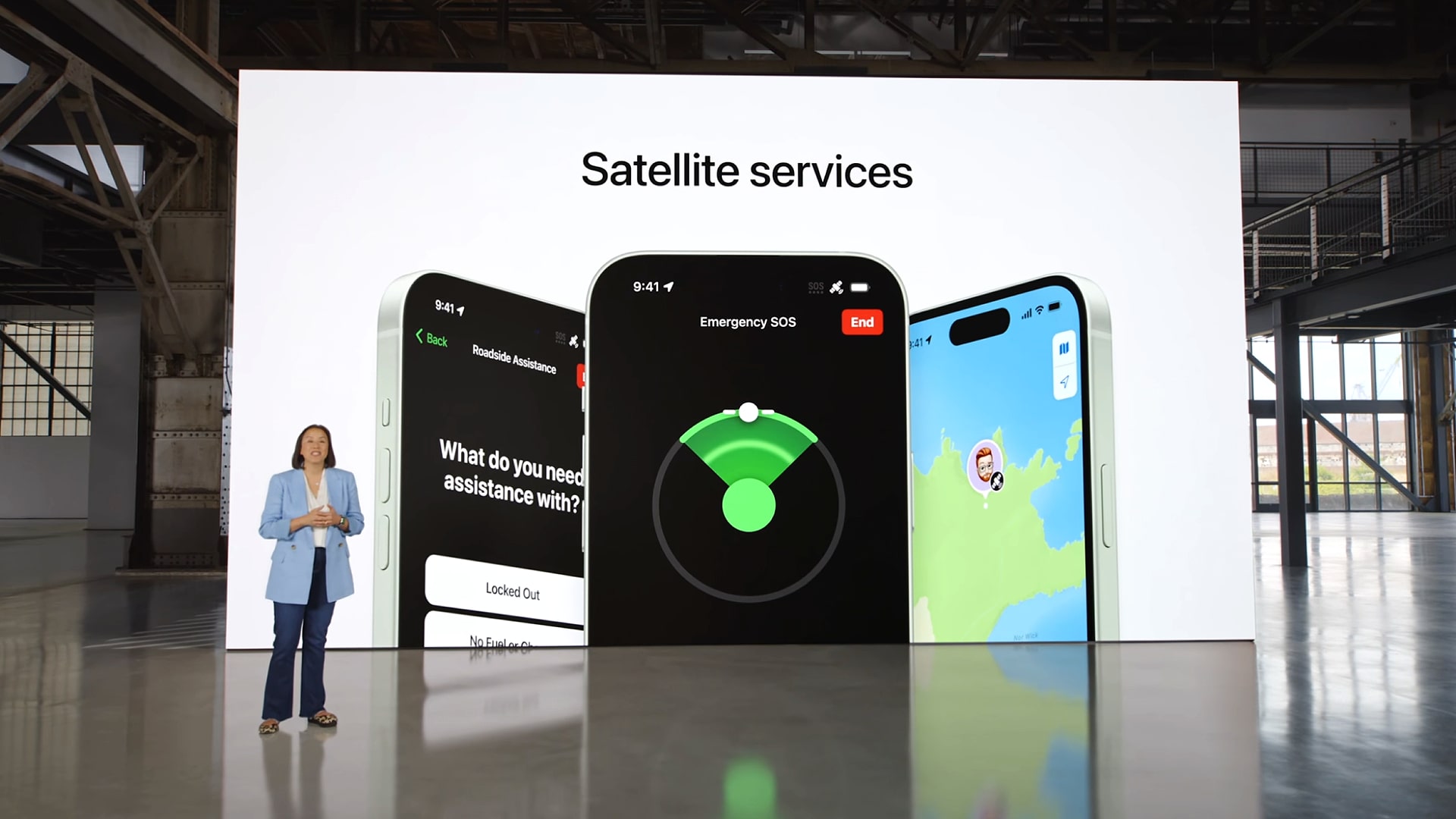T-Mobile’s Starlink satellite service officially launches – here’s which phones it supports and how it compares to Apple’s free rival

- T-Mobile’s Starlink-powered satellite service has just fully launched
- You can connect to satellites without needing apps or settings changes
- It’s available for a monthly fee, even to non-T-Mobile customers
T-Mobile has just launched its Starlink satellite service, dubbed T-Satellite, after testing it for many months. It brings connectivity to remote areas not currently served by any of the major mobile networks – but what do you get from T-Mobile, and how does it compare to the free alternative offered by Apple?
With T-Satellite, T-Mobile says you’ll get coverage provided by over 650 satellites orbiting the Earth. Your phone will connect automatically, with no apps to download or settings to change. That said, you may get a small amount of downtime as your phone disconnects from one satellite and connects to another – the satellites are moving in orbit, after all, so you won’t always be hooked up to the same one.
According to T-Mobile, the service works with over 60 mobile devices. That includes every iPhone from the iPhone 13 onwards, the Samsung Galaxy S21 and later, Google Pixel phones going back to the Google Pixel 9, and more.
Other supported devices include the latest Motorola Razr 2025 series and the latest Samsung Galaxy A56. You can read the full list on T-Mobile's eligibility guide. The latest Samsung Galaxy Z Flip 7 FE and Samsung Galaxy Z Fold 7 are listed as "coming soon".
If you’re on T-Mobile’s Go5G Next or Experience Beyond plans, you get T-Satellite included for free. Other T-Mobile customers can access it for $10 a month per line, although the company says the price will rise to $15 per month after a “limited time.” Customers of other networks can also sign up for $10 a month (later $15 a month) by contacting T-Mobile.
How does Apple compare?

Apple has offered its own satellite service for a few years now, so you might be wondering what its advantages and disadvantages are compared to T-Satellite.
For one thing, Apple’s offering is a lot broader than what you get with T-Mobile. With Apple, you can send and receive messages, contact emergency services, share your whereabouts with Find My, organize roadside assistance for your vehicle, and get weather reports. T-Satellite, meanwhile, only supports sending and receiving text messages. It doesn’t offer data or any of the other services that Apple supports.
Sign up for breaking news, reviews, opinion, top tech deals, and more.
As well as that, Apple’s satellite functionality is entirely free (for the time being, at least), whereas T-Mobile’s requires a monthly subscription. On the other hand, you can only access Apple’s satellite service if you have an Apple device, while T-Mobile’s works with a range of iOS and Android products.
You’ll need to consider which option suits you best based on your circumstances. But with T-Satellite emerging from its beta-testing period, you’ve got another choice for staying connected when you’re off the grid.
You might also like

Alex Blake has been fooling around with computers since the early 1990s, and since that time he's learned a thing or two about tech. No more than two things, though. That's all his brain can hold. As well as TechRadar, Alex writes for iMore, Digital Trends and Creative Bloq, among others. He was previously commissioning editor at MacFormat magazine. That means he mostly covers the world of Apple and its latest products, but also Windows, computer peripherals, mobile apps, and much more beyond. When not writing, you can find him hiking the English countryside and gaming on his PC.
You must confirm your public display name before commenting
Please logout and then login again, you will then be prompted to enter your display name.